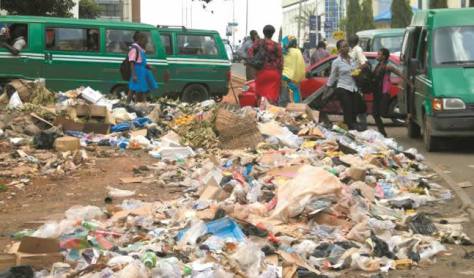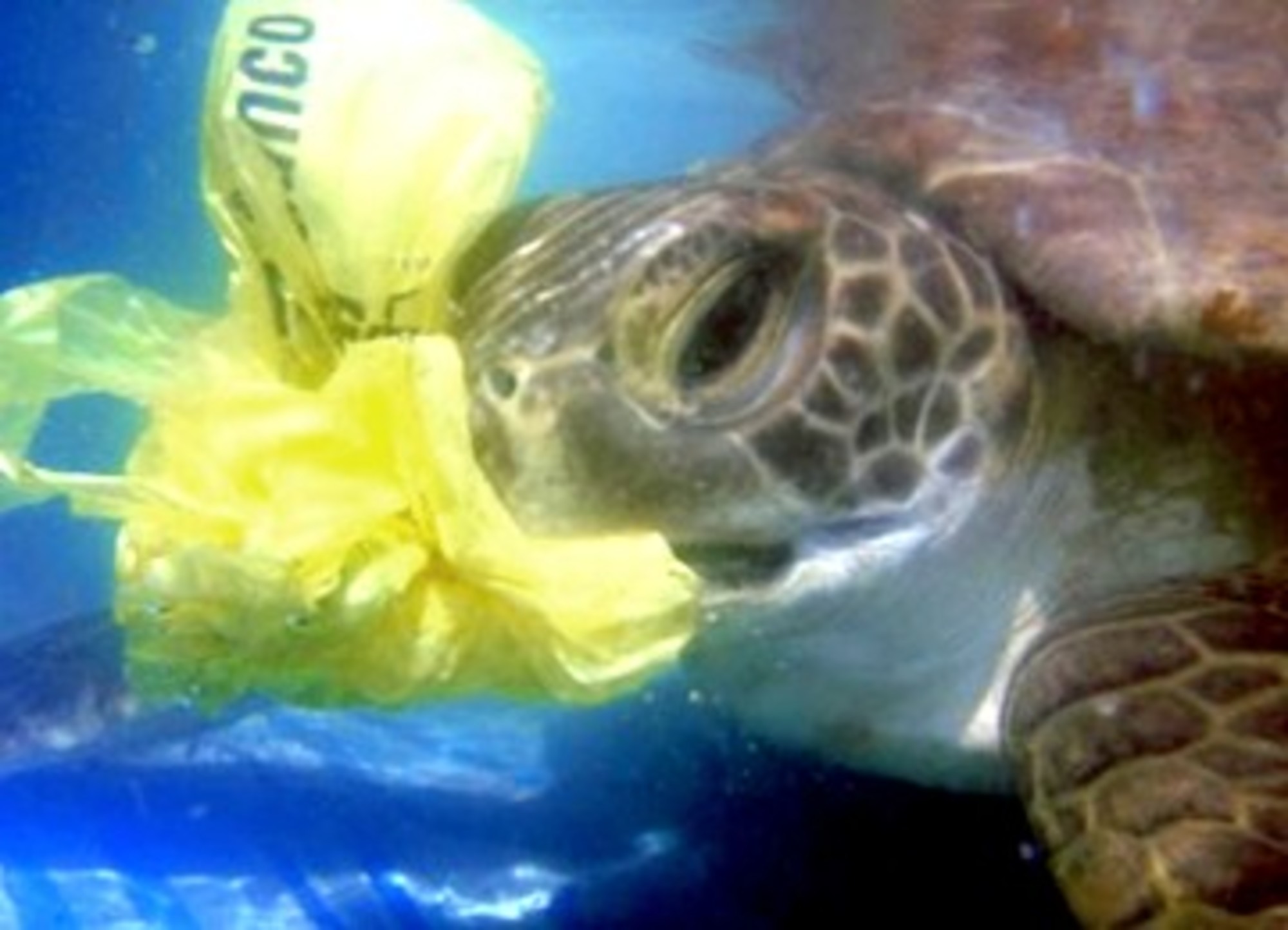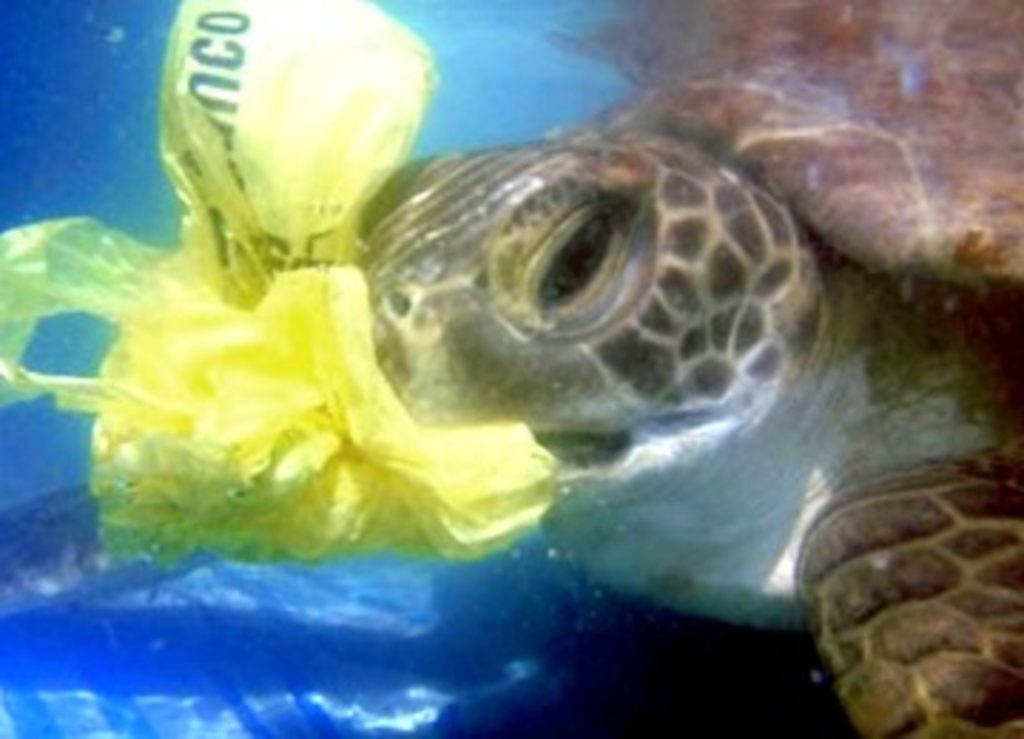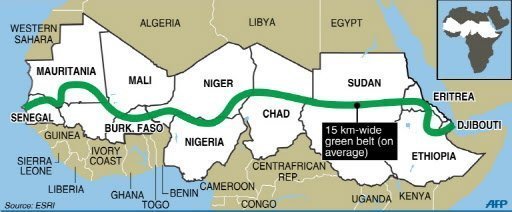Like in many other West African countries, sachet water is one of the major sources of drinking water for a large part of the Nigerian population. Commonly called “pure water”, it is a supposedly treated water sold in polythene sachets consumed by members of every social class. While the National Agency for Food and Drug Administration and Control (NAFDAC) ensures that every sachet water producer complies with health and hygiene regulations, the fate of plastic waste generated by the industry has never been in check. With the absence of proper waste disposal and recycle systems in our cities, “pure water” sachets are becoming a nuisance to the environment.
A documentary is not required to highlight how rampant water sachets are in our surroundings, one just need to look around to see them everywhere. Except for a few environmentally conscious citizens, everyone who buys a sachet of water on the street throws it away in the open space after finishing it off, not minding where it will end up.
Thousands of “pure water” bags are produced everyday in Nigeria (source: wealthresult.com)
Why sachet water is popular
The main reason behind our addiction to sachet water is the absence of a more affordable alternative. In countries with efficient infrastructure, people rely on public water supply for drinking and other domestic use. In Nigeria, most cities do not enjoy that and citizens have to devise their own means of obtaining water. In places where it is available, tap water in Nigeria is not trusted to be safe for drinking. Hence, it either has to be treated or resort to buying from the shops. “Pure water” is the preferred choice for many because of its affordability.
Even when there is large quantity of drinking water at home, Nigerians do not usually go around with some in their possession. Before I went to Kenya, I always think reusable water bottles are only meant for athletes and hikers. Most cities there have reliable water supply and people conveniently drink from it because it is safe. While outside, they keep a bottle with them which they refill as often as necessary. Because I still had my Nigerian attitude, I did not take the words of my friends on the safety of the tap water but kept spending my money to buy bottled water. Nevertheless, I eventually managed to change and I now have a water bottle always in my possession.
Environmental and health problems
One major environmental challenge associated with polythene bags and other plastic materials is their slow biodegradability. The time it takes plastic bags to decompose completely is estimated to be between 10 to 20 years depending on the exposure level. This is as a result of a complex chemical links between the molecules in the material which is difficult for bacteria to break. Although there have been significant achievements in the development of degradable plastic bags in recent years, most of what is being used remain the non-biodegradable ones.

How is the presence of non-biodegradable plastic materials in the environment a problem? First and foremost, the presence of plastic waste in an agricultural land impedes the growth of crops. Even though they are thin, plastic bags stop crops’ roots from moving around to obtain nutrients from the soil. Moreover, it does not decompose to become part of the nutrients and at the same time inhibits the biodegradable materials around it from doing. Farmers whose lands were infested by plastic materials can attest to this challenge.
Another problem associated with plastic bags in the environment is their impact on public health and sanitation. As mentioned earlier, it is a big concern in many areas how plastic litters cause drain blockage which results in water stagnation. Even when they do not end up in drainages, plastic bags store water by themselves. This becomes a breeding nest for certain disease vectors especially mosquitoes. Whenever such monster bugs are bugging you, remember that the water sachets you have been throwing away in the open space may have a role in it.
The harm is not limited to us but also affects other living creatures around us. Just the way children innocently eat objects assuming them to be food, several animals find themselves having a lunch or dinner with plastic bags. This report highlights how cows in India ingest plastic materials while scavenging in the open garbage bins. Since it cannot be digested, the plastic accumulates in their rumen which eventually leads to their death. There have also been many reports, such as this, on aquatic animals such as seabirds and whales dying from ingestion of plastic. Large number of plastic bags we dispose are transported by water and wind into lakes and seas. The environmental cost of plastic waste is undoubtedly enormous.

How can the problem be solved?
Provision of potable water that is safe for drinking to all Nigerian will go a long to solving our sachet water demand and subsequently protects our environment from pollution. This is of course the responsibility of the government while the citizens do their part by paying tariffs and protecting installed infrastructure for their benefit. Nigeria needs to put more effort in that direction with the support of international organizations so that the sixth sustainable development goal set by the member countries of the United Nations can be attained sooner than later.
Another step towards curbing the menace of plastic waste is incorporating sustainability in the regulations governing their usage. The non-degradable plastic is ubiquitous because of its relatively lower cost of production compared to degradable plastic. All stakeholders need to understand the environmental issues at stake and necessary tradeoffs in order to switch to sustainable materials. Since water sachets cannot be reused like plastic bottles, proper policies need to be put in place to their collection and recycling. For example, before a definitive reformation can be attained, a short-term approach of incentivizing plastic bags collection by citizens can be helpful.
There are undoubtedly many problems bedeviling our environment and plastic the litter from water sachets is one of them. It is our collective responsibility to work together towards controlling this avoidable menace.
[blog_subscription_form]
Written by Sada.
 Sada Haruna is the IT strategist at Green Habitat and a contributor to the blog. He is a PhD student in the department of Environmental Engineering at the University of Ottawa. His current research focuses on safe disposal of toxic mine wastes and remains an ardent advocate of environmental sustainability. He enjoys reading and coding at his leisure time. Follow him on Twitter @H_Sadah
Sada Haruna is the IT strategist at Green Habitat and a contributor to the blog. He is a PhD student in the department of Environmental Engineering at the University of Ottawa. His current research focuses on safe disposal of toxic mine wastes and remains an ardent advocate of environmental sustainability. He enjoys reading and coding at his leisure time. Follow him on Twitter @H_Sadah



Highly insighful & Well elucidated piece on the menace of escalating poor management of polythene waste. However, at the moment my proposed thesis is on devicing a sustainable and practicable solution to this problem. I am hopeful the result from my work will definitely do well in addressing this growing waste management need. I found your article inspiring and a plus to my aspiration.
Thank you for the feedback Danladi. It is good to hear about the work you are doing on finding a solution to the problem. Would love to see the result when it completed. This is indeed the kind of research needed for ensuring environmental sustainability in our country. Wishing you good luck.
Pingback: #GoGreen2017: Some bad environmental practices to leave behind in 2016 | Green Habitat Sustainable Development Initiative